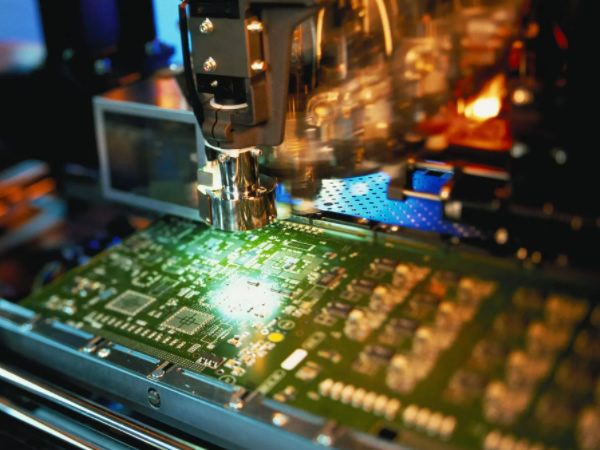
General high-speed PCB material requirements are as follows:
1. Low loss, CAF/heat resistance and mechanical toughness (adhesion) (good reliability)
2. Stable Dk/Df parameters (small coefficient of change with frequency and environment)
3. Small tolerance of material thickness and glue content (well controlled impedance)
4. Low copper foil surface roughness (reduce loss)
5. Try to choose flat glass fiber cloth with small windows (to reduce skew and loss)
Next, we will make a more detailed description of the above five requirements for high-speed PCB materials.
The integrity of high-speed signal is mainly related to the consistency of impedance, transmission line loss and time delay. The signal integrity can be guaranteed if the receiver can receive the appropriate waveform and eye diagram. Therefore, the main parameter indexes of PCB material selection for high-speed digital circuit are Dk, Df, loss, etc.
Whether it is analog circuit or digital circuit, the dielectric constant Dk of PCB material is an important parameter for material selection, because Dk value is closely related to the actual circuit impedance value applied to the material. When the Dk value of PCB material changes, whether with frequency or temperature, the transmission line impedance of the circuit will have unexpected changes, which will adversely affect the signal transmission performance of high-speed digital circuits. If Dk of PCB material shows different values for harmonic components at different frequencies, impedance will also show different resistance values at different frequencies. Unexpected changes in Dk value and impedance will lead to a certain degree of loss and frequency offset of harmonic components, which will cause distortion of analog harmonic components of high-speed digital signals, thereby reducing signal integrity.
The dispersion closely related to Dk value is also a characteristic of materials. The smaller the Dk value changes with frequency, the smaller the dispersion will be, and the better the application of high-speed digital circuits will be. Different factors, such as the polarization of dielectric materials, the loss of materials and the surface roughness of high-frequency copper conductors, will cause the dispersion of the circuit. Therefore, the Dk value of high-speed materials should be stable, and the smaller the fluctuation is, the better at different frequencies and temperatures.
Transmission line loss usually includes dielectric loss, conductor loss and radiation loss.
Dielectric loss can also be called insulation layer loss. The insulation layer loss of PCB signal increases with the increase of frequency, especially with the frequency change of high-order harmonic components of high-speed digital signal, which will cause serious amplitude attenuation, leading to high-speed digital signal distortion. The dielectric loss is proportional to the signal frequency, the square root of the dielectric constant Dk of the insulating layer and the dielectric loss factor Df of the insulating layer.
Conductor loss is related to the type of conductor (different types have different resistance), insulation layer and physical size of conductor, and is proportional to the square root of frequency; In PCB manufacturing, the main impact of using different substrates on conductor loss is caused by skin effect and surface roughness. When using different copper foils, the surface roughness of signal lines is different. Affected by skin effect/depth, the length of copper teeth of copper foil will directly affect the transmission quality of high-speed signals. The shorter the copper teeth, the better the transmission quality of high-speed signals.
The radiation loss is related to the dielectric property and is proportional to the dielectric constant Dk, dielectric loss factor Df and the square root of frequency.
Reminder: The better the materials are, the higher their costs will be. Engineers should balance meeting design needs with mass production and costs, so as to meet the best cost performance ratio of products.

